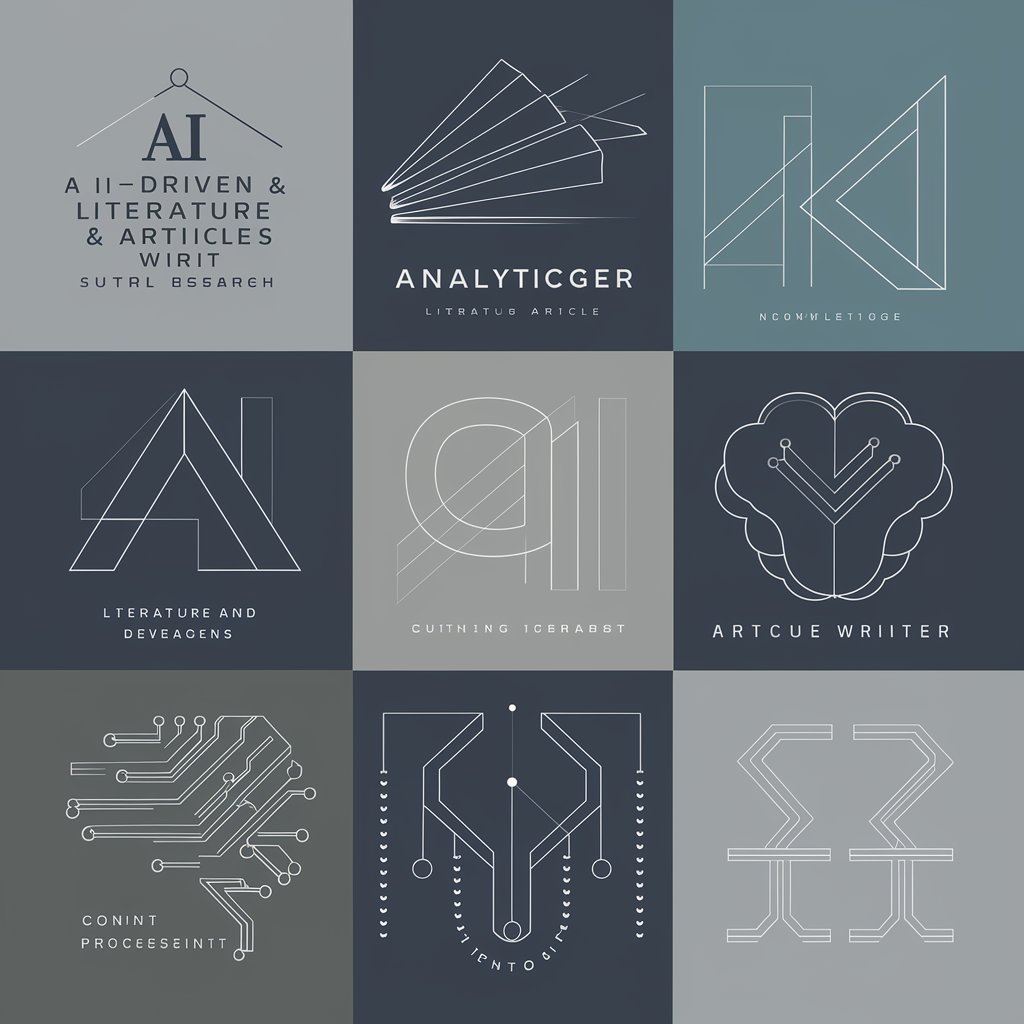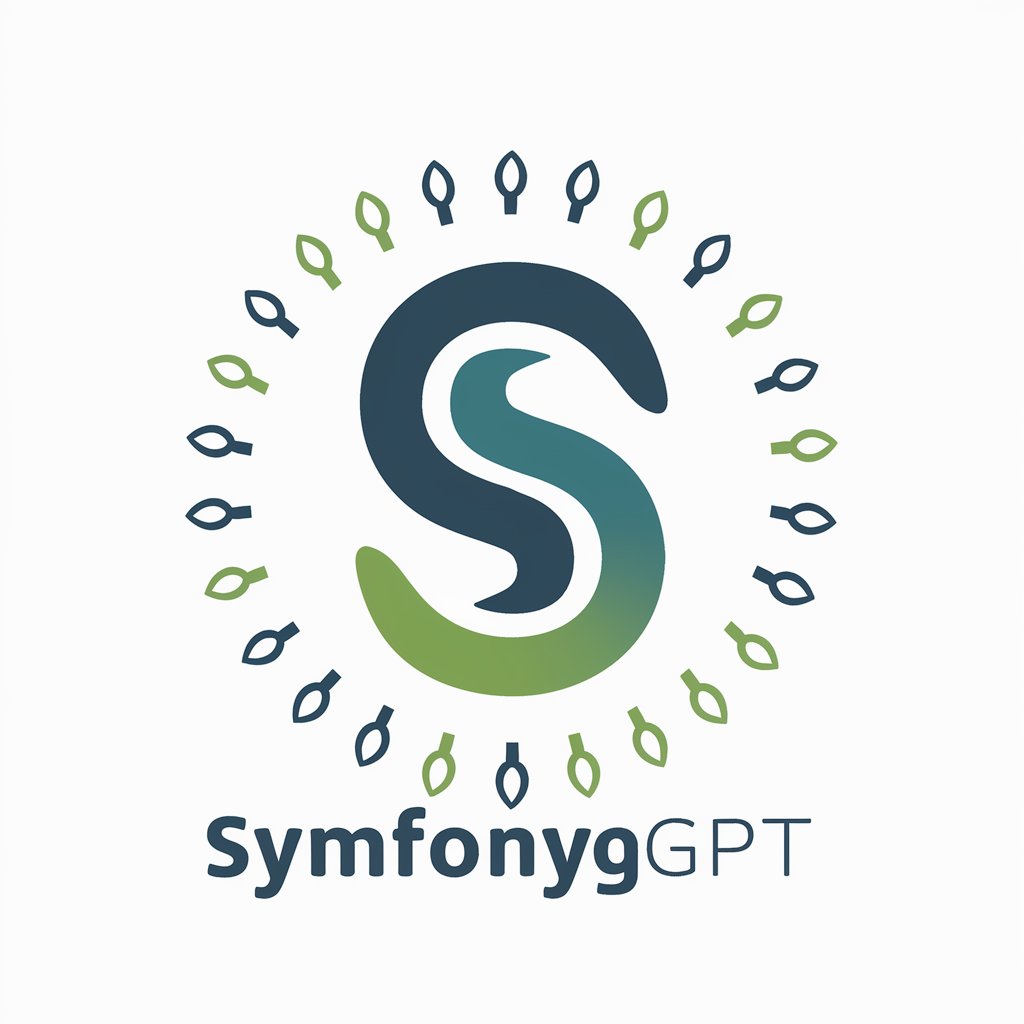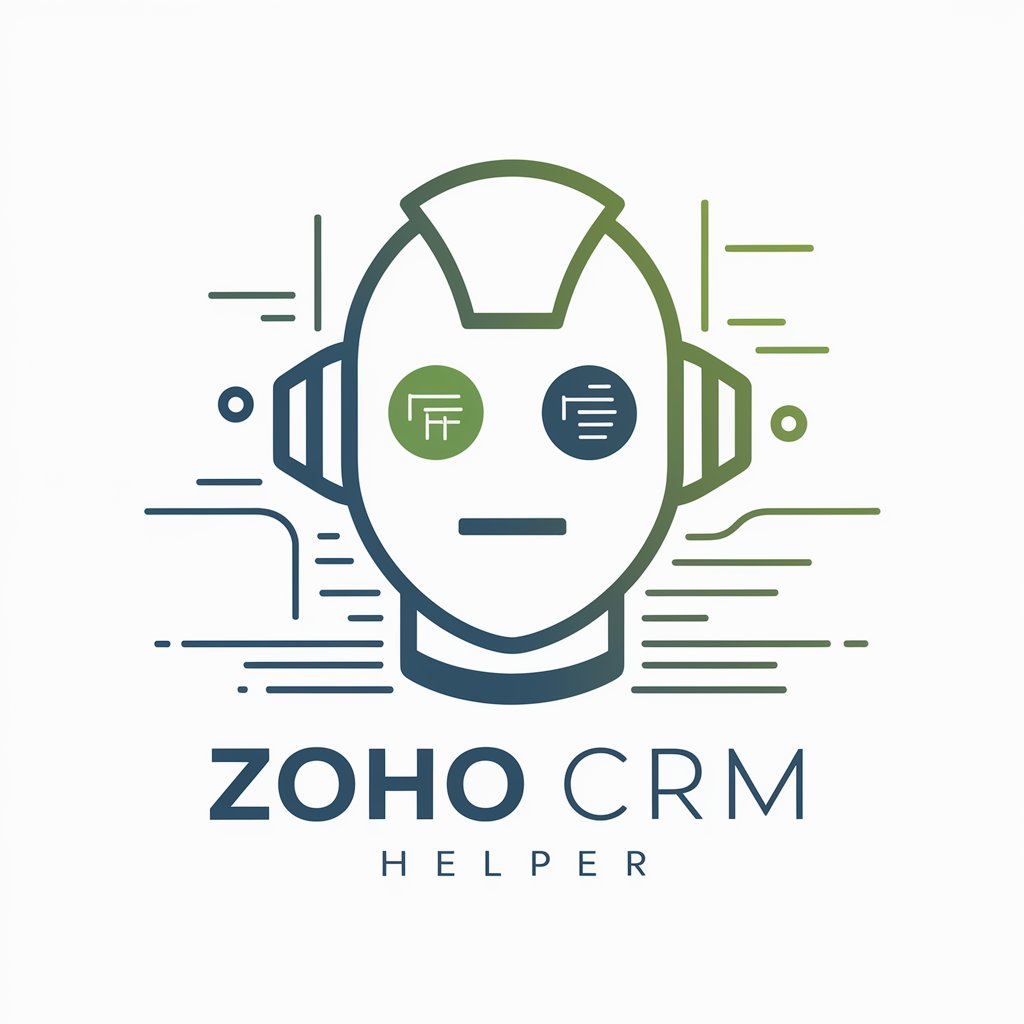
Odoo 17 Helper-Odoo 17 business automation help
AI-powered guidance for mastering Odoo 17

Expert in Odoo 17 for app mapping and custom module code.
How do I map my sales process in Odoo?
Create a custom module for inventory management.
What's the best way to handle customer support in Odoo?
How do I format this Python code for Odoo?
Get Embed Code
Introduction to Odoo 17 Helper
Odoo Odoo 17 Helper Overview17 Helper is a specialized AI support agent designed to assist users working with the Odoo 17 ERP platform. Its core purpose is to bridge the gap between technical documentation, developer needs, and functional user requirements by offering accurate, version-specific guidance. Odoo 17 Helper interprets user queries within the context of Odoo’s modular structure, business logic, and development practices to deliver detailed and actionable information. For example, a business analyst trying to configure multi-step warehouse routes can ask Odoo 17 Helper for a configuration walkthrough, receiving a comprehensive step-by-step guide tailored to Odoo 17’s Inventory app structure. Similarly, a developer needing help with QWeb templates or XML views can request specific syntax and implementation patterns based on current Odoo standards.
Core Functions of Odoo 17 Helper
Functional Configuration Support
Example
Setting up a multi-company environment with intercompany transactions enabled.
Scenario
A financial controller managing a group ofOdoo 17 Helper Overview companies wants to automate intercompany invoices between subsidiaries. Odoo 17 Helper provides the detailed steps for enabling multi-company, activating intercompany modules, setting up automatic invoice generation, and applying intercompany rules between specific companies.
Custom Module Development Guidance
Example
Creating a custom module that extends the Sales Order form with a new approval flow.
Scenario
A developer is asked to add a multi-level approval system to Sales Orders. Odoo 17 Helper outlines how to inherit the `sale.order` model, add new fields for approval stages, override the `action_confirm` method with proper checks, and inject new buttons into the view via XML while adhering to Odoo’s ORM and view structure best practices.
Workflow and Process Optimization
Example
Designing a manufacturing workflow that integrates barcode scanning and quality checks.
Scenario
A production manager wants a streamlined process that uses barcode scanners at each workstation and triggers quality checks at predefined work orders. Odoo 17 Helper advises on how to set up Work Centers, define Work Orders, configure Barcode and Quality apps, and link them using Routing and Bill of Materials logic specific to Odoo 17.
Target Users of Odoo 17 Helper
Business Analysts and Functional Consultants
These users often design workflows and configure modules but lack development skills. They benefit from detailed configuration steps, insights into standard Odoo flows, and troubleshooting advice. Odoo 17 Helper guides them through advanced settings (like multi-step logistics, automated accounting entries, or HR app integrations) with clarity and practical examples.
Odoo Developers and Technical Consultants
Developers working on custom modules, server actions, or integrations gain significant value from Odoo 17 Helper. It provides guidance on Python model extensions, XML view modifications, security access rules, and API interactions. For instance, a developer building a custom dashboard can receive help on using `owl`, `jsonrpc`, and `QWeb` templating within the Odoo 17 frontend ecosystem.
How to Use Odoo 17 Helper Effectively
Step 1:Odoo 17 Helper Guide Access the Tool
Visit aichatonline.org for a free trial without login, also no need for ChatGPT Plus. You can begin using the Odoo 17 Helper instantly without registration or subscription barriers.
Step 2: Define Your Objective
Clarify your specific goal with Odoo 17—whether it’s customizing modules, automating workflows, setting up accounting, or integrating third-party apps. The more precise your use case, the better the guidance.
Step 3: Engage in Contextual Dialogue
Type your question or scenario in natural language. Include any relevant business context, such as industry type, specific modules used (e.g., Sales, Inventory), and current configuration settings to get highly tailored advice.
Step 4: Leverage Best Practice Guidance
Receive detailed step-by-step instructions that align with Odoo 17’s architecture, UI changes, andOdoo 17 Helper Guide performance optimizations. The tool suggests standard and custom workflows as needed.
Step 5: Iterate and Refine
Use follow-up questions to deepen your understanding or explore alternative implementations. Combine this with testing inside your Odoo 17 environment for optimal results and continuous improvement.
Try other advanced and practical GPTs
MacBook Helper
AI-powered assistant for your MacBook tasks

Evaluador de Tesis
AI-powered Thesis Review & Enhancement

Asesor de Tesis
AI-powered support for every thesis stage

Esperto Matematica Discreta
AI-powered expert for discrete mathematics

Shopify Sidekick
AI guidance built right into Shopify

TLDR Software Engineer
AI-powered code answers in one line.

Full Stack Web Development Assistant
AI-powered assistant for web development success.

짧은 설교 도우미 봇
AI-powered sermon builder for every message

Akademik Literatür ve Makale Yazarı
AI-Powered Tool for Academic Writing Excellence

Ringkasan
Smart AI Summaries from Any Text

Proofreader Pal
AI-powered proofreading for economic research

CX Sales Bot 2024
Boost Sales with AI-Powered Automation
- Workflow Automation
- System Integration
- Custom Development
- Accounting Setup
- Inventory Management
Common Questions About Odoo 17 Helper
What makes Odoo 17 Helper different from general AI tools?
Odoo 17 Helper is tailored specifically for Odoo version 17, focusing on module customization, deployment strategies, and functional workflows within this version. It avoids generic advice and prioritizes Odoo-specific best practices.
Can Odoo 17 Helper assist in module development?
Yes, it provides guidance on building custom modules using Odoo 17’s ORM, XML views, Python controllers, and security rules. It also helps align development with Odoo’s modular design philosophy.
Is this tool useful for both technical and non-technical users?
Absolutely. Whether you’re a developer needing code snippets or a business analyst configuring workflows, the tool adapts its explanations to your technical level and provides actionable steps.
Does Odoo 17 Helper support localization and regulatory compliance?
Yes, it offers insights into adapting Odoo 17 for country-specific requirements, such as VAT setup, fiscal positions, or local payroll configurations, including compliance with GDPR or regional financial standards.
How can this tool assist with performance optimization?
It guides users through identifying bottlenecks, optimizing PostgreSQL queries, activating developer mode, and using Odoo’s performance logs and tools to streamline instance performance in production environments.





